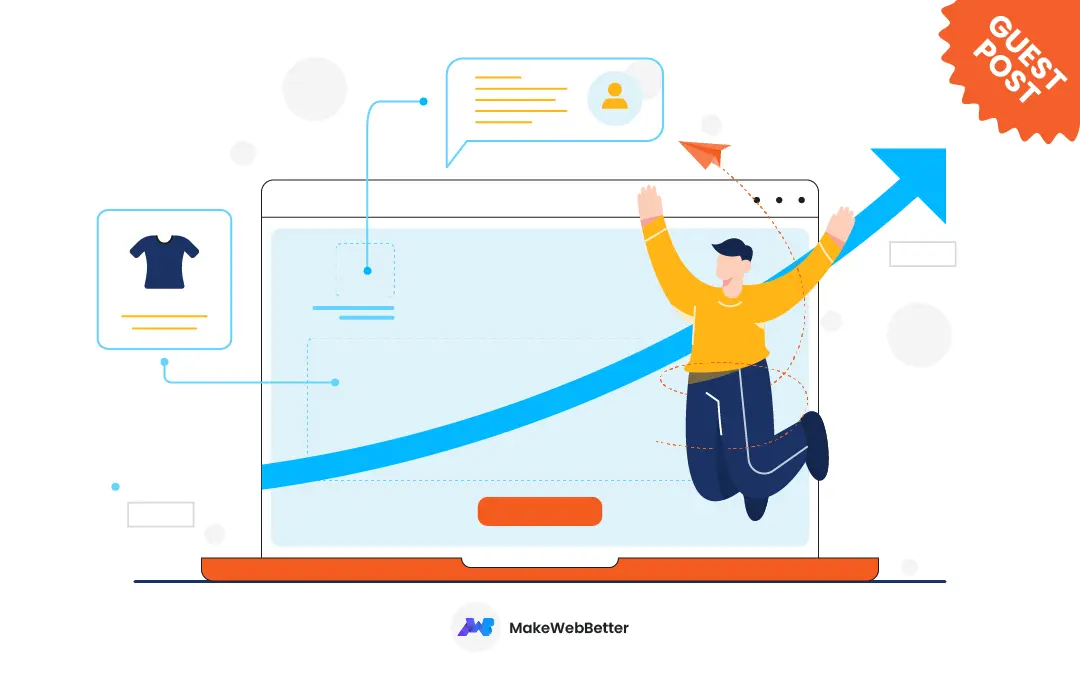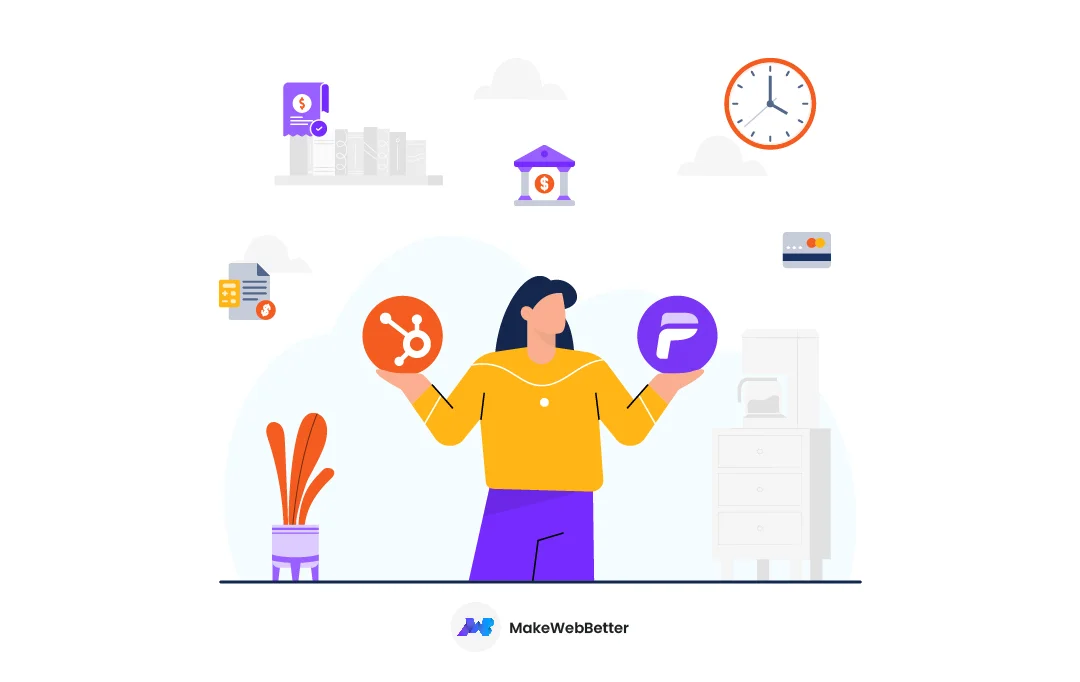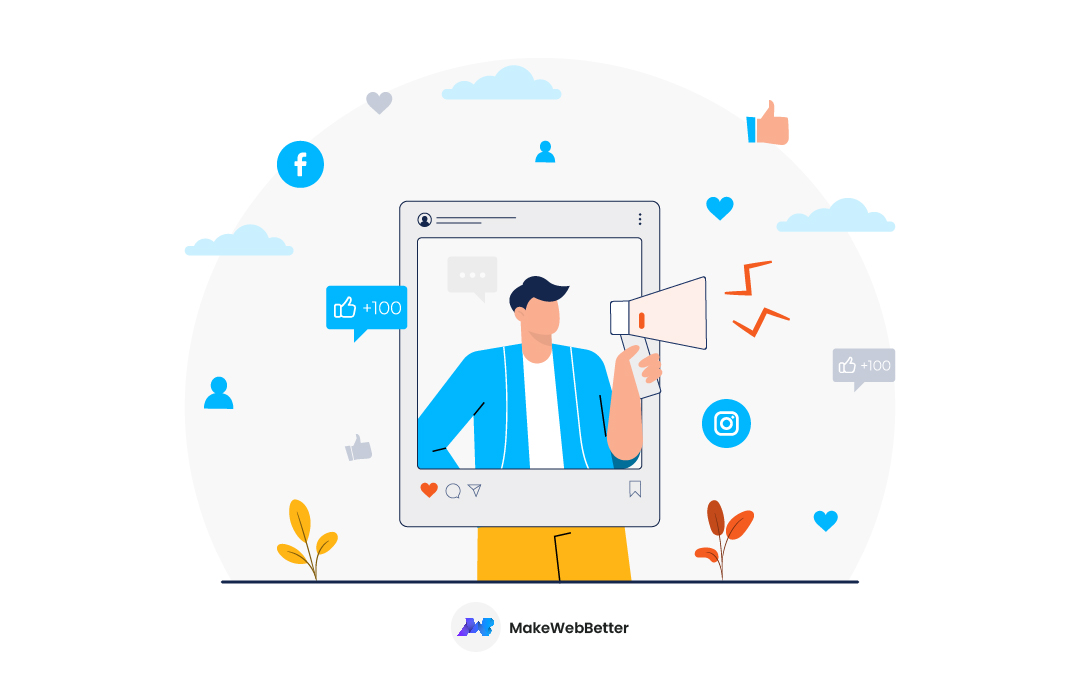The 21st century marks the exciting transition into Web 2.0.
Due to the growing nature of technology, and the increasing importance of customer experience, webmasters are now encouraging their UI (User Interface) teams to focus on various aspects of their website, such as:
- Design,
- Development, and
- Performance considerations.
While the other aspects of websites, such as their connectivity, interactivity, and accessibility, are essential, personalization has become a low-hanging fruit that can benefit your brand in several ways.
Despite its promising benefits, a few businesses, brands, and websites must realize the value and potential of personalizing their websites.
Read on to know how you, as a business owner, can utilize website personalization to contribute to your organizational growth.
The Power of Website Personalization
Before diving into the power and potential of website personalization, let’s begin with its definition.
It is the practice of developing websites that provide a unique experience for every visitor. The aim is to delight the visitors and establish a one-to-one relationship.

Source: ScienceSoft
The resounding success of the E-commerce giant, Amazon, has been a classic example of how website personalization can put businesses on the map. In fact, Amazon is a brand that has turned personalization into a standard expectation rather than a novelty!
Such is the impact of personalization by the E-commerce giant that 47% of shoppers are ready to abandon a brand and purchase from Amazon.

Source: Amazon
Similar to Amazon, here are names of some day-to-day brands that capitalized on website personalization to scale their business-
- Netflix
- Spotify
- Nike
- Cadbury
If the success of brands is not convincing enough, here are some well-researched statistics that demonstrate the true potential of website personalization-
- 89% of businesses are already investing in website personalization, in one form or another.
- 80% of companies invested in website personalization have noticed a revenue uplift since its implementation.
- Personalization can drive sales by 15%.
- 94% of companies witness higher conversion rates post-personalization.
- Personalized promos on homepages and landing pages can influence 85% of shoppers to complete a purchase.
- 56% of consumers are more likely to return to a website that offers personalized product recommendations.
In short, personalization has a lot in store for brands that decide to take the plunge.
Benefits of Website Personalization
How can your organization utilize website personalization to achieve its business goals? Let’s take a look:
1. Higher Conversion Rates
Certain pages on your website have a more significant impact on driving conversions than others, such as-
- Homepages,
- Landing pages, and
- Product pages.
Adding a dash of personalization to these interaction points could play a vital role in amping up the conversion rate.
Finding ways to get inside your customers’ minds to get human insights and understand what they seek when they visit your website can help you realize this benefit. We used a similar strategy for Adda247 to revitalize dormant accounts, and our campaign increased conversion rates by 30%!
Of course, since personalizing these web pages isn’t enough, you will have to use an apt CTA, which brings us to the next point.
2. Better CTA Effectiveness
Even though businesses may view call-to-action (CTA) as the deal breaker, it plays a multi-faceted role in keeping the pipeline moving.
A persuasive, powerful, and actionable CTA can nudge someone into:
- Reading a blog,
- Participating in a survey,
- Signing up for a free trial or product demo, and
- Watching an explainer video!
As a matter of fact, personalized CTAs perform 2.02x better in getting clicks than generic ones! This makes sense as the CTA connects to the customer and their position in the customer journey.
For instance, if someone has signed up for a product demo, a CTA pushing them to purchase a product would be better than asking for registration.
3. Deeper Customer Insights

Source: Express Analytics
To introduce effective forms of personalization, you need to understand your customers better and get familiar with their likes and preferences.
For instance, you now greet the visitor by their name. Although it might feel like a small action, this single step towards personalization encourages customers to share more data with you and develop a sense of connection with your brand.
After all, 77% of consumers willingly share personal data for personalization.
You can use that data to recommend age-appropriate and gender-specific products or convert prices into local currency, which leads to the continuation of the personalization cycle.
4. Smoother Customer Onboarding
As seen already, personalization allows businesses to read customer intent. You can use it to separate casual lookers from long-term advocates.
Such context helps you curate personalized customer journeys (as seen with CTAs), which leads to smoother customer onboarding.
For instance, consider how most SaaS products ask customers about how they intend to use the product.
Based on this input, the customers will receive:
- Personalized product walkthroughs
- Tips and tricks,
- Knowledge hub recommendations, and more.
These inputs will maximize the value they obtain from their purchase and reach the “aha” moment quicker.
5. Increased Customer Loyalty

Source: Mageworx
It is human nature to show inclination for a brand that treats you uniquely. It is evident from how modern-day customers demand to be treated as individuals rather than numbers or statistics.
Website personalization caters directly to this specific need. A website that matches the customers’ preferences would appear warmer and more inviting than the generic counterpart.
A precise analogy is how we prefer transacting with local family-run outlets to big box stores – the former carries a personal touch.
You know the people working there, they know you – and you have a personal rapport. So, why not do the same for your website?
When you invest in relationship-building with your customers, you are bound to attract long-term loyalty and affinity from your customers.
6. Increase in Average Time on Page
It is almost intuitive – when you display relevant content that aligns with the customer objectives, they are more likely to stick around, which would reduce the bounce rate of the website as well.
Website personalization can decrease bounce rates by 20-30% – which is impressive considering this value is in a highly competitive and saturated space like E-commerce.
For instance, Salesforce did an entire case study on how Zebra technologies used web personalization to reduce bounce rates by 45% while increasing form completion rates by 29% in just 24 months!
Prerequisites for Website Personalization
Now that we’ve made a case for website personalization, you may be curious about how to get started.
Here’s a background on the building blocks of website personalization:
1. Customer Data
Customer data is the foundation of website personalization. After all, you can only personalize your website if you understand your customers and their specific requirements.
As such, you will need data to gain a 360-degree view of your customer base. One of the ways in which you can do so is by harnessing first-party data from your previous campaigns to gain more context.
2. Data Analytics Tool
The next part of website personalization revolves around analyzing it. You need a powerful data analytics tool that can clean and process high volumes of data to extract valuable and actionable insights from it.
You will then feed the findings into a customer experience management platform so that you can create dynamic and customer-centric websites.
Tools like MoEngage can fulfill everything from capturing, handling, processing, and implementation without carrying out these functions on multiple platforms.
Closing Thoughts
At this point, there is clarity that personalization is key to a future-proof, user-centric, and resilient website.
As always, approach this with tact, for the last thing you’d want is to scare off your customers with a degree of personalization that feels invasive.
In simpler words, the primary objective of website personalization is to make the customer journey from point A to point B as seamless as possible.
Such a mindset will allow you to achieve organizational goals and serve convenience to your customers!








